Romania travel tips
Romania travel tips: Eastern European country, known for its rich history, picturesque landscapes, medieval castles, and vibrant cultural heritage.
Counties 🌎
Romania travel tips. Here is a list of all the counties of the Romania.
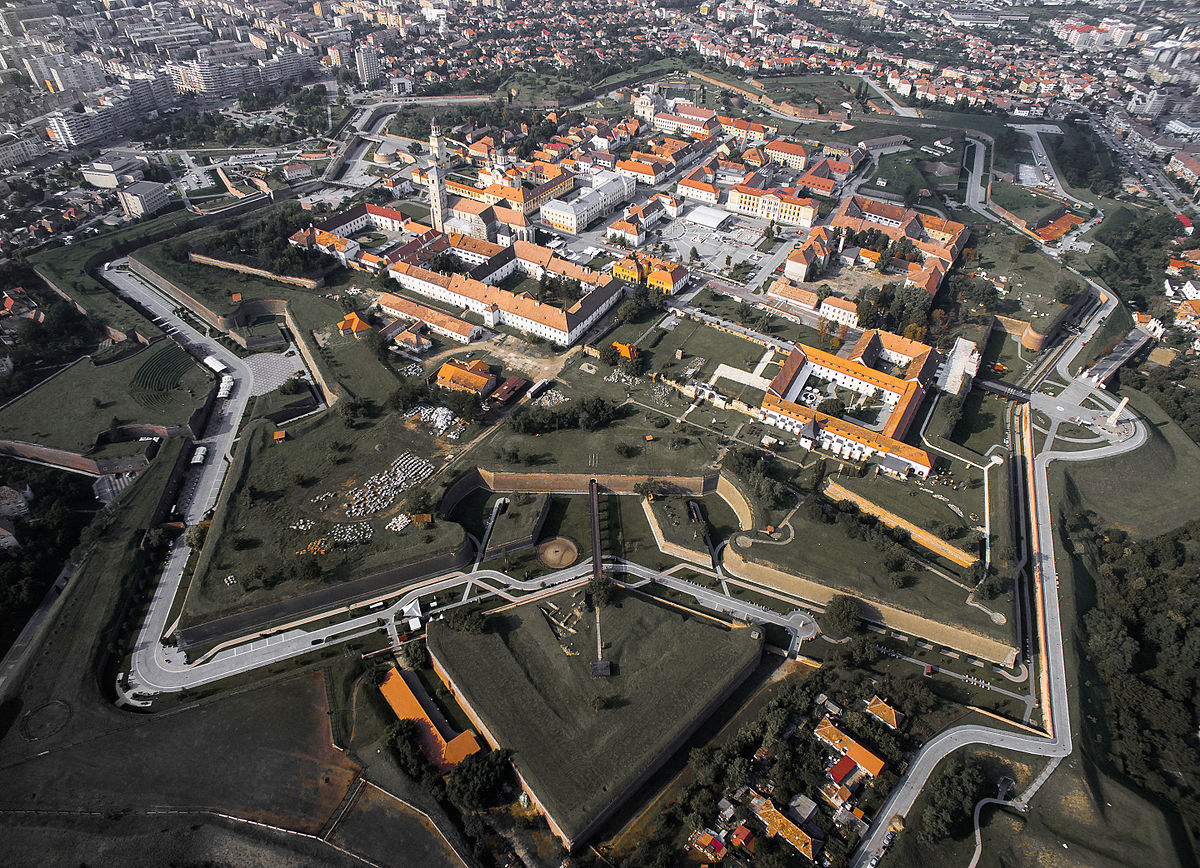
Alba
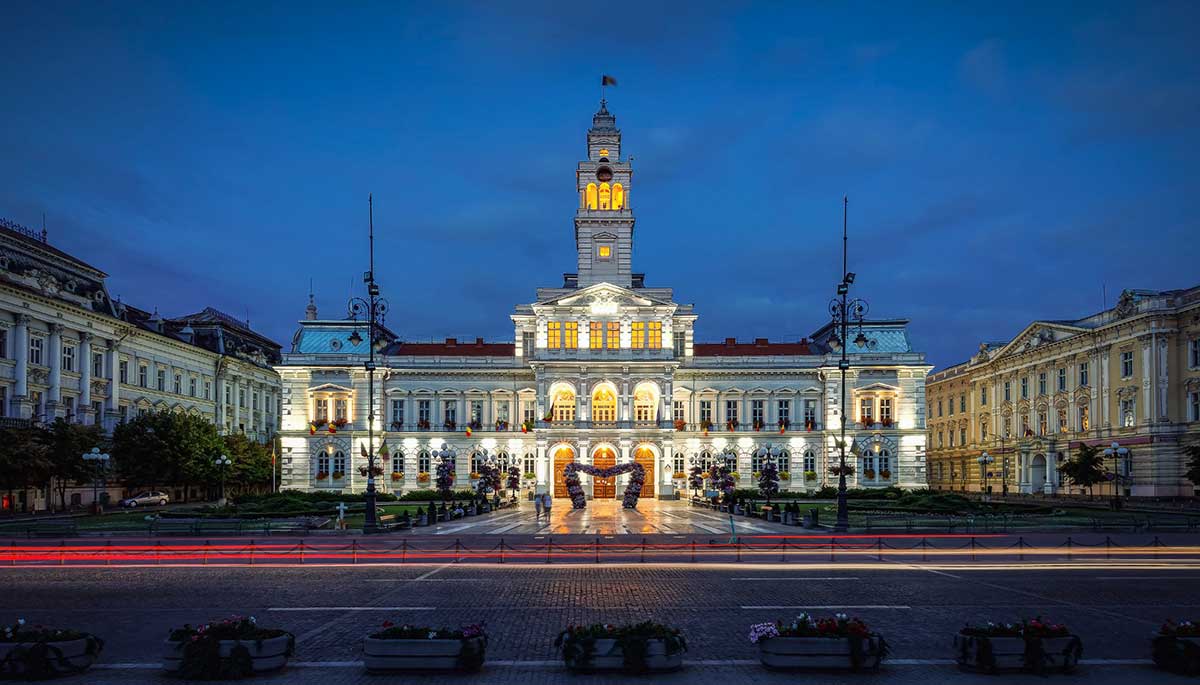
Arad
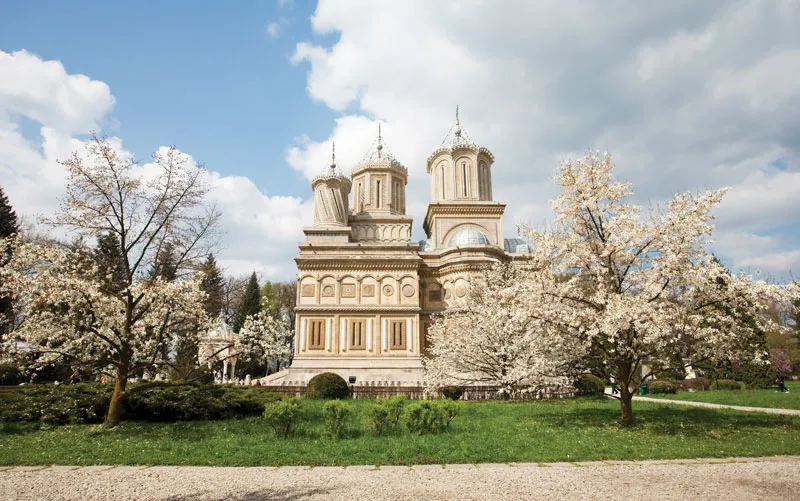
Argeș
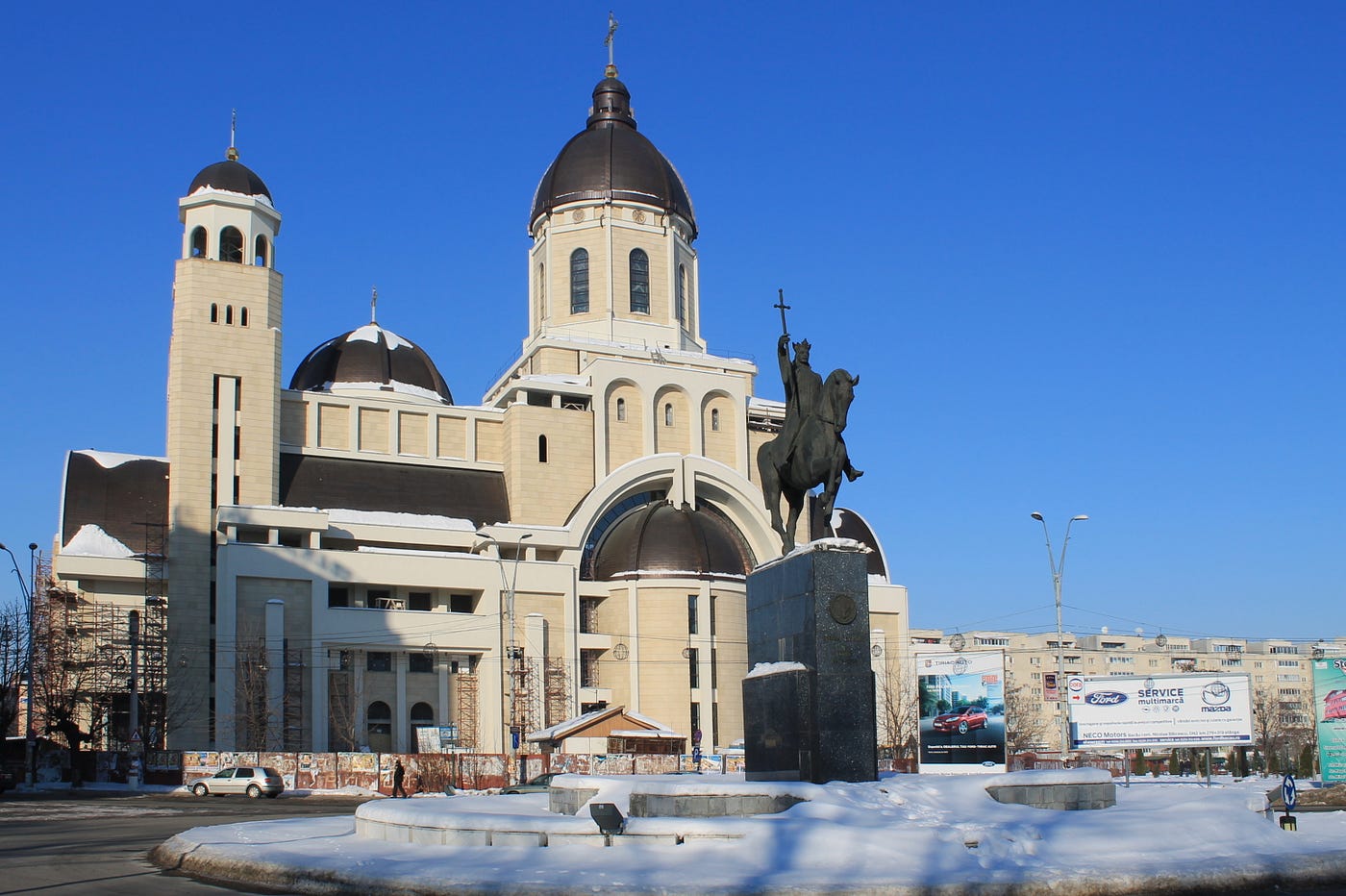
Bacău

Bihor

Bistrița-Năsăud
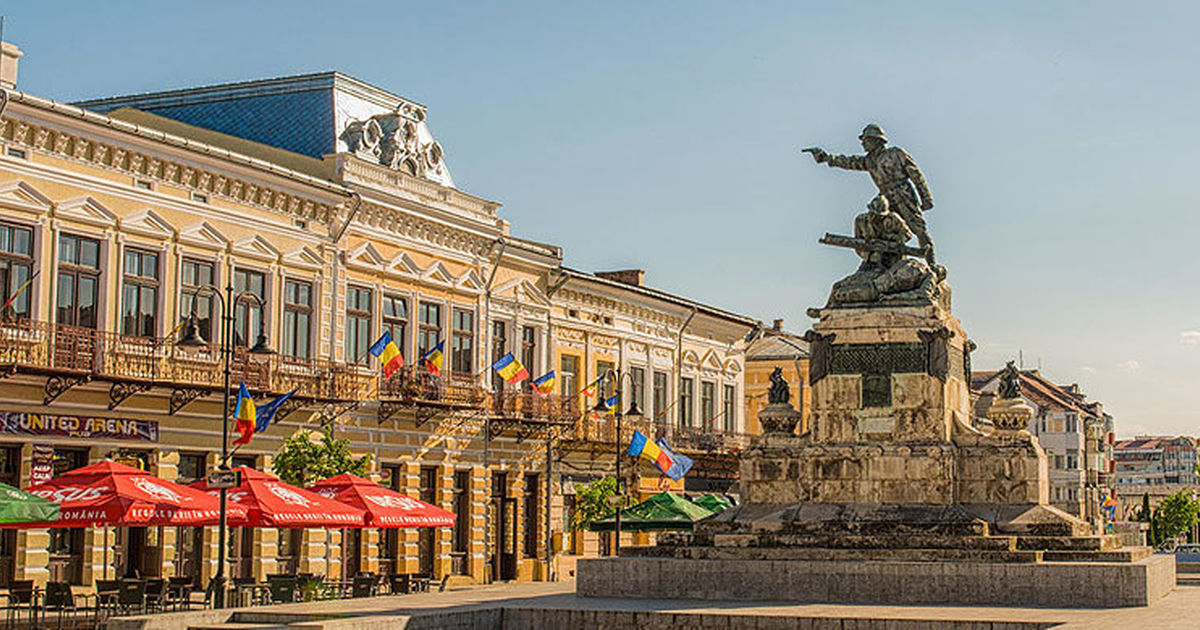
Botoșani

Brașov
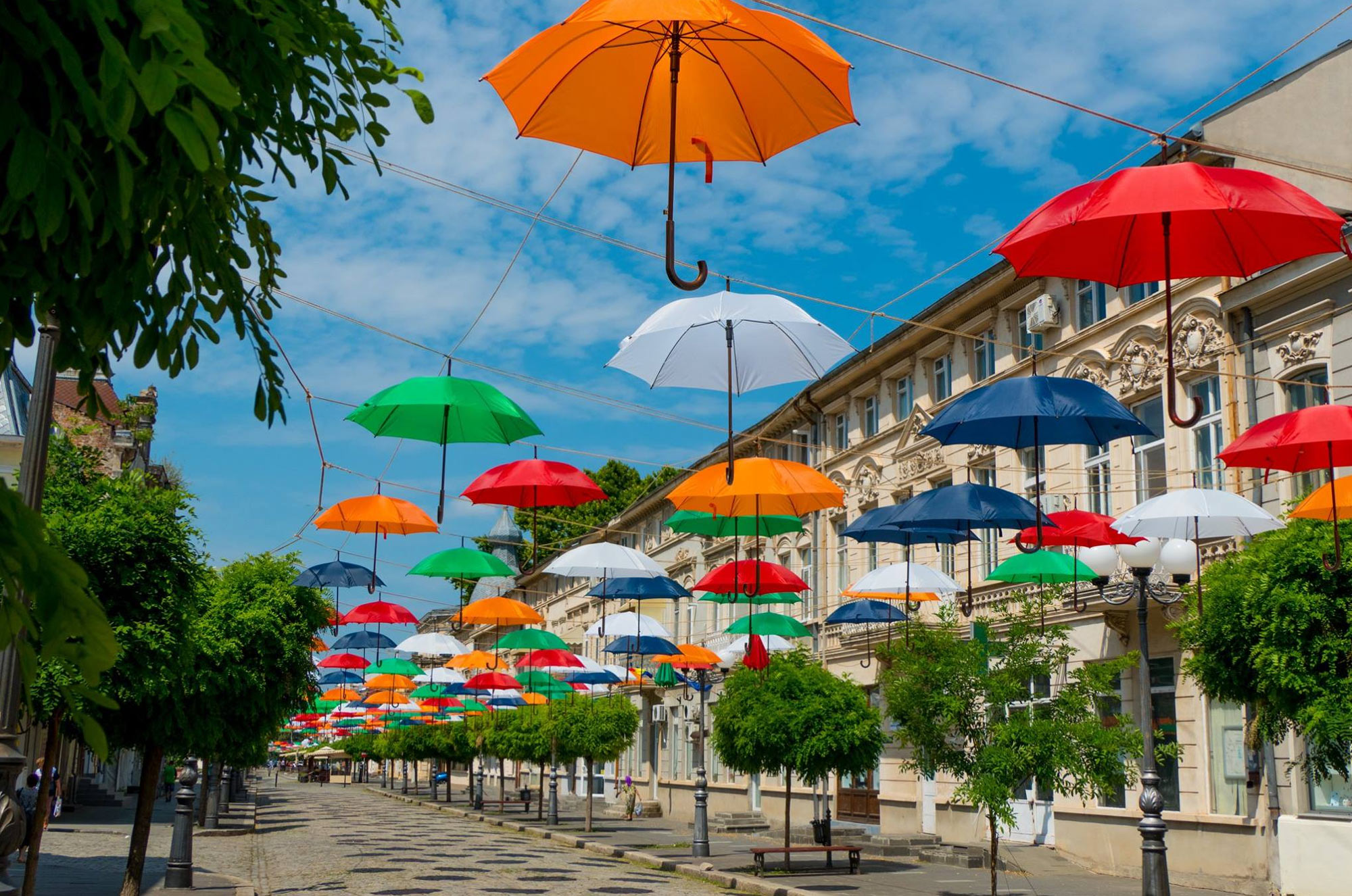
Brăila

Buzău
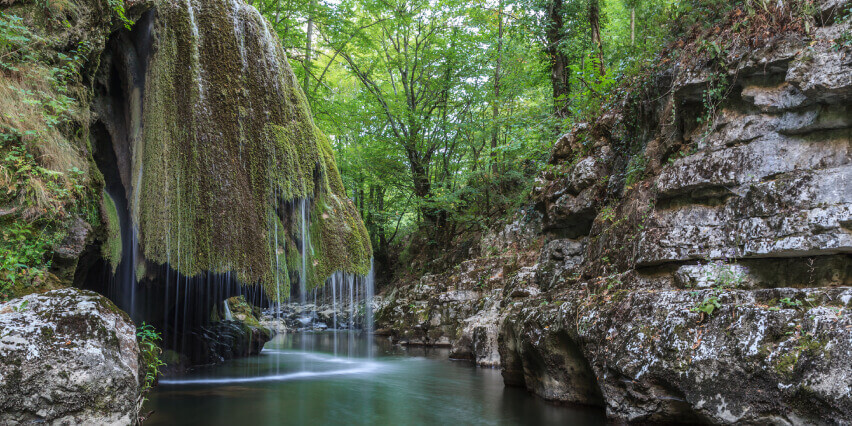
Caraș-Severin
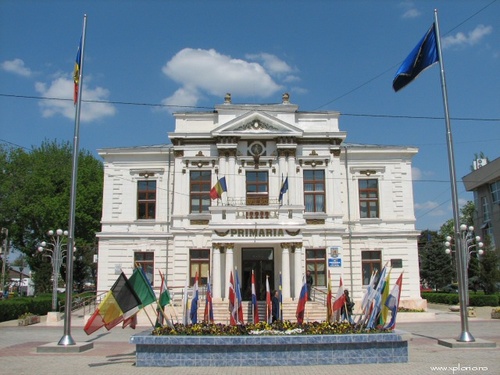
Călărași

Cluj
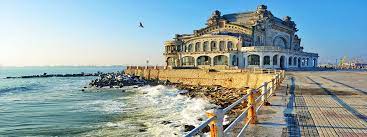
Constanța
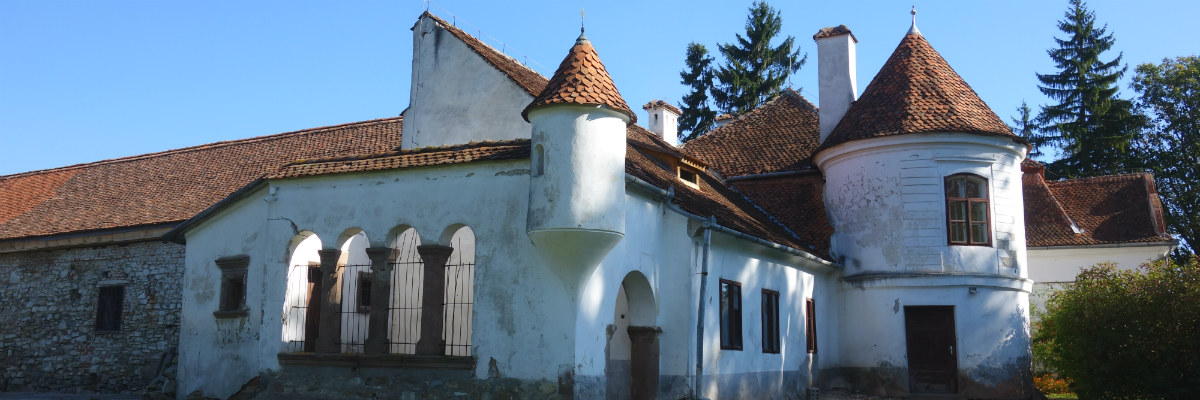
Covasna
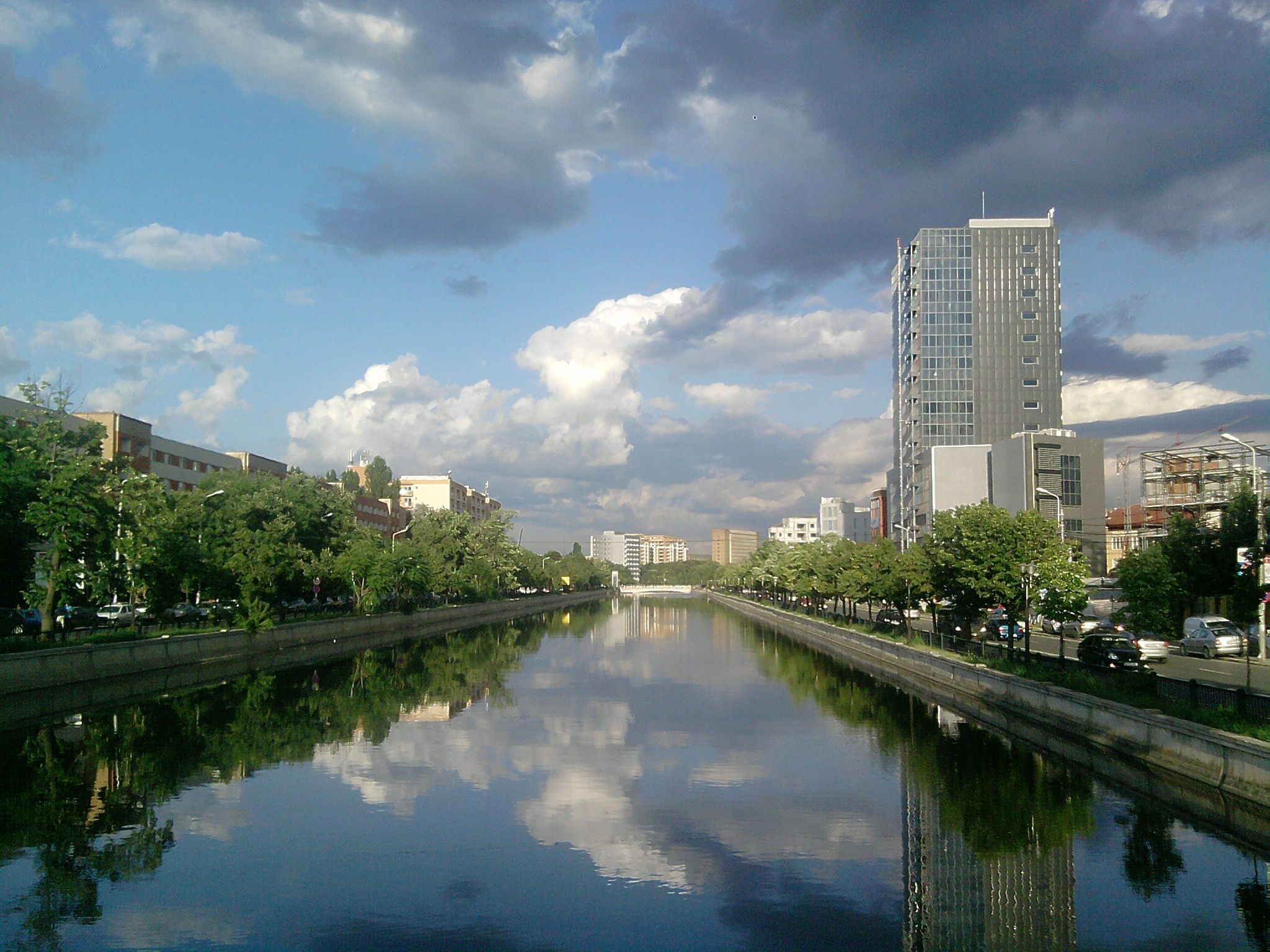
Dâmbovița
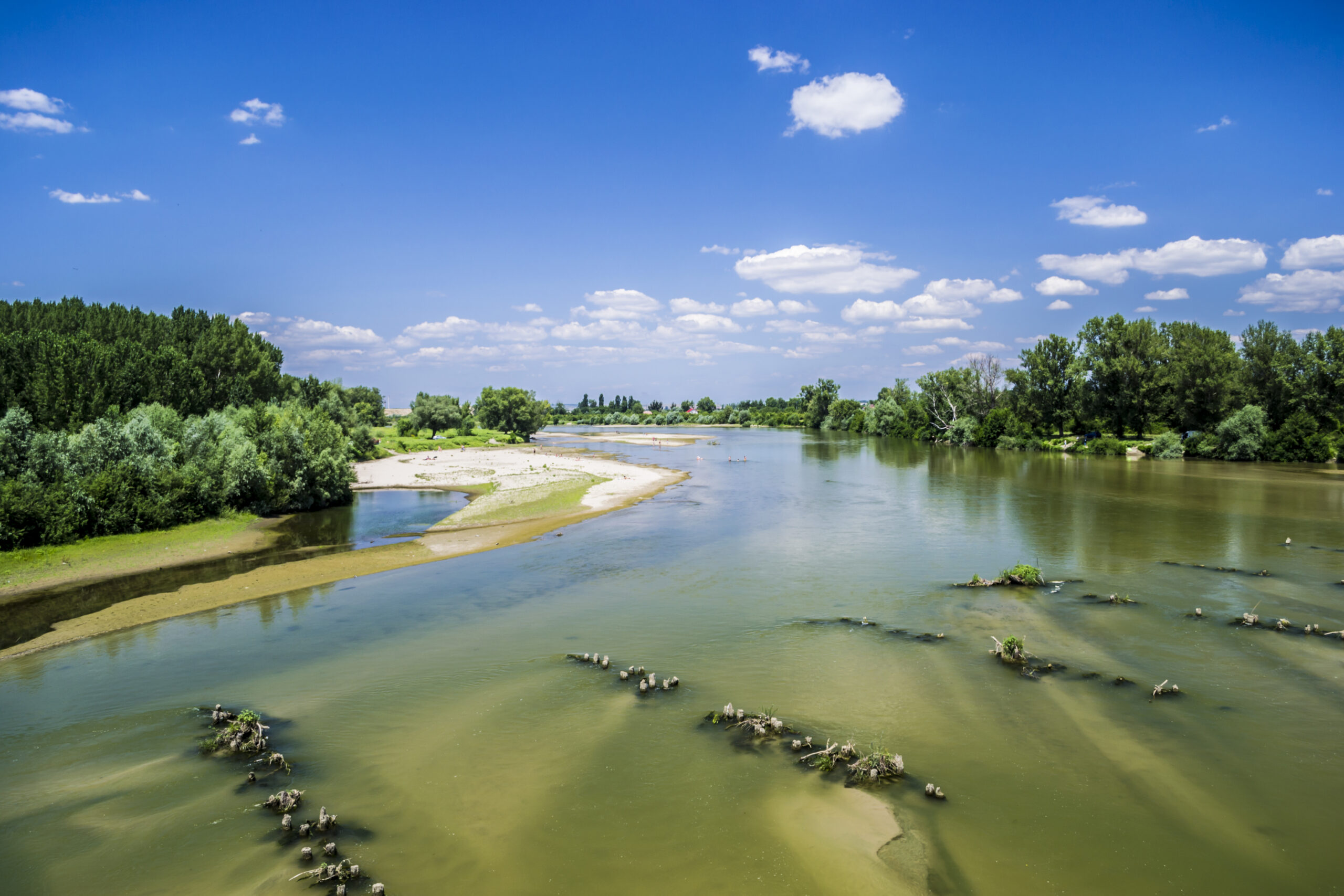
Dolj
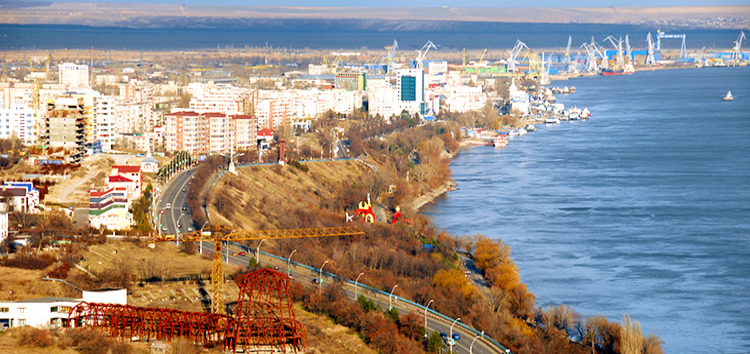
Galați
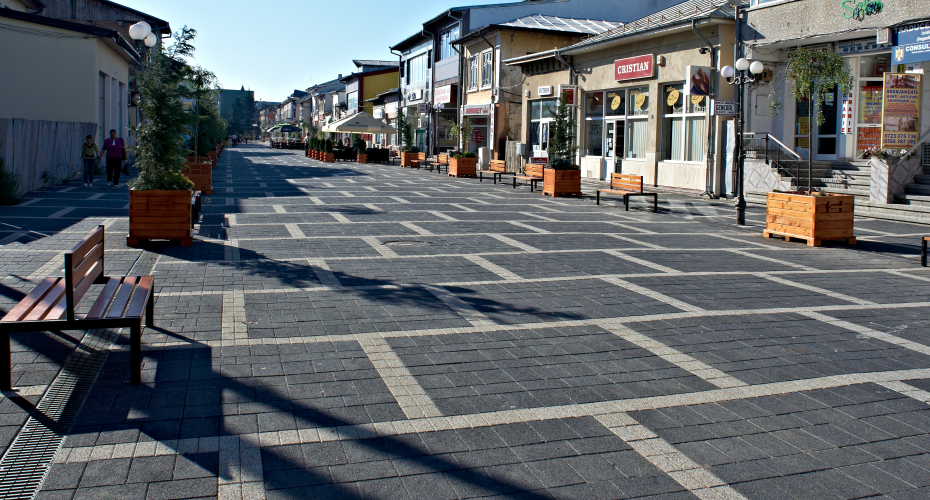
Giurgiu
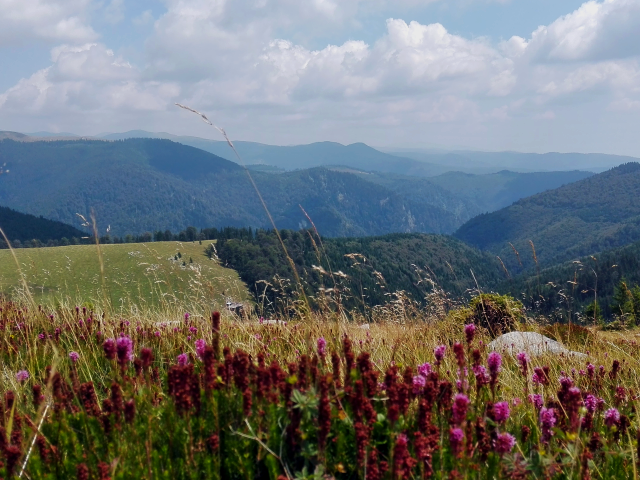
Gorj
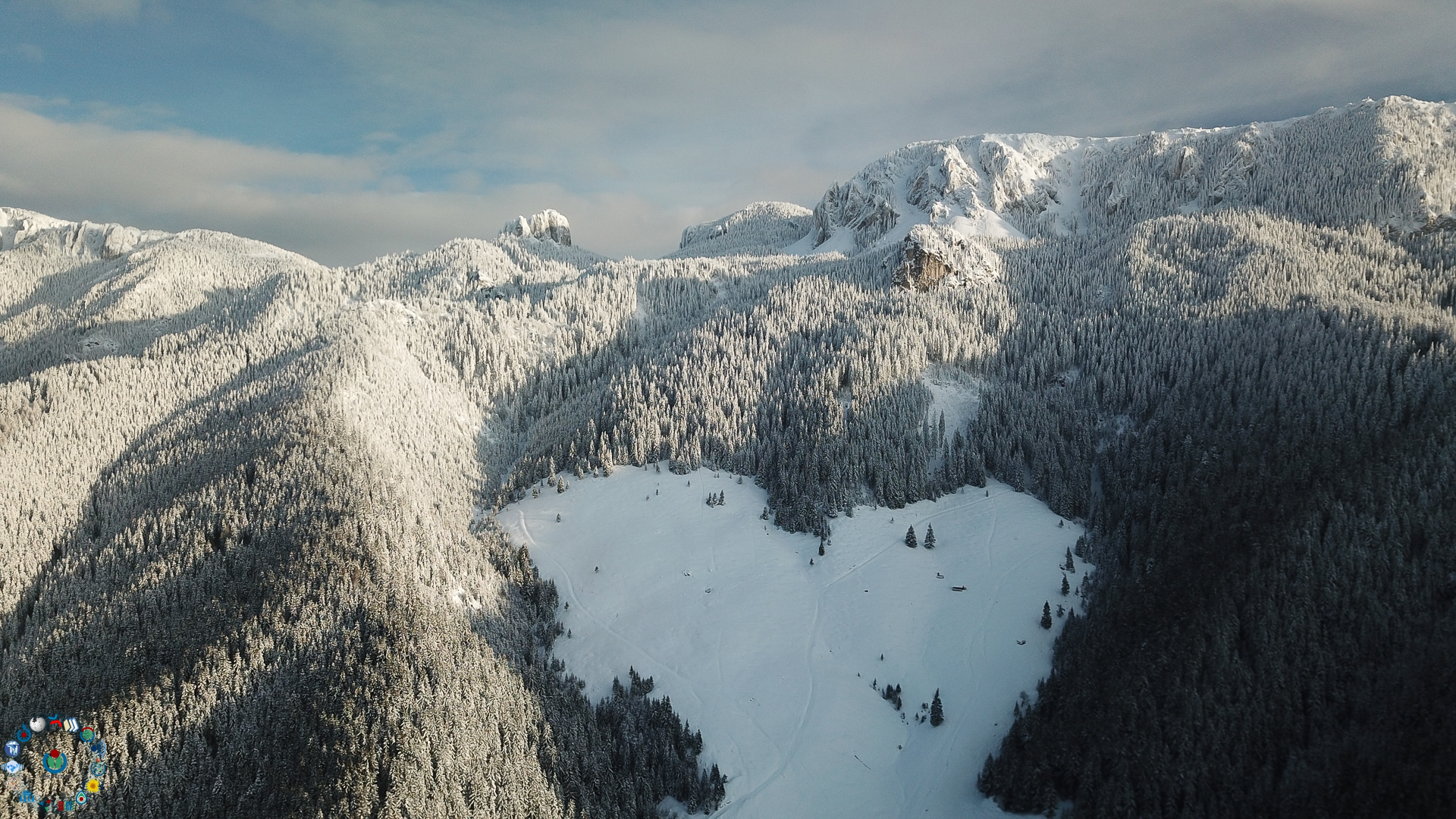
Harghita
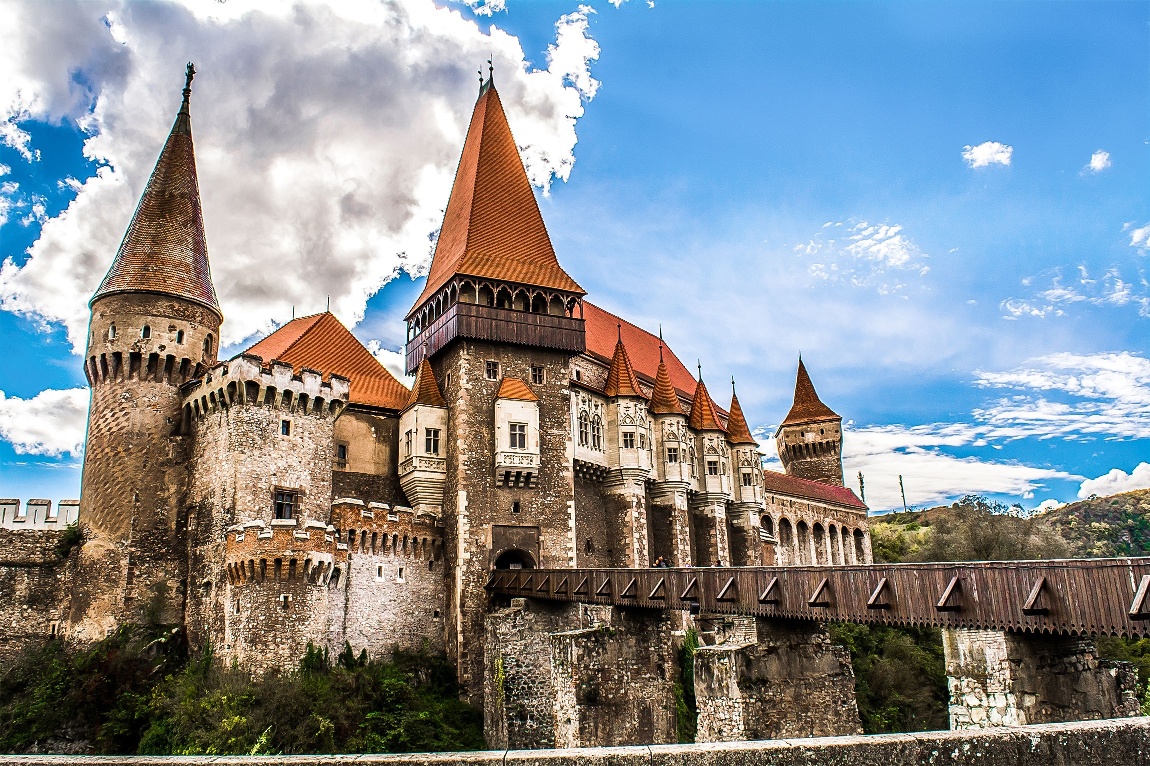
Hunedoara

Ialomița

Iași

Ilfov
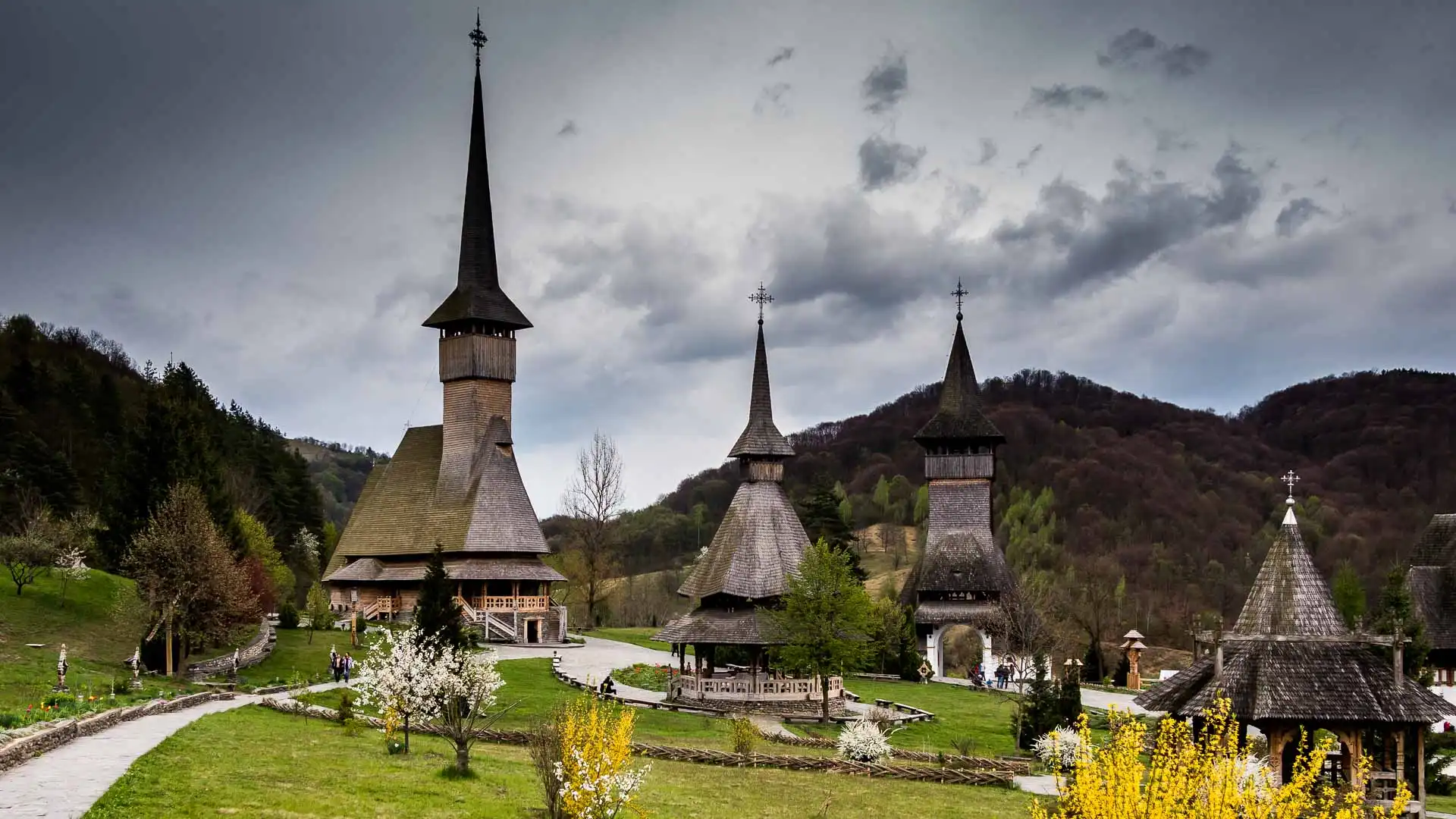
Maramureș
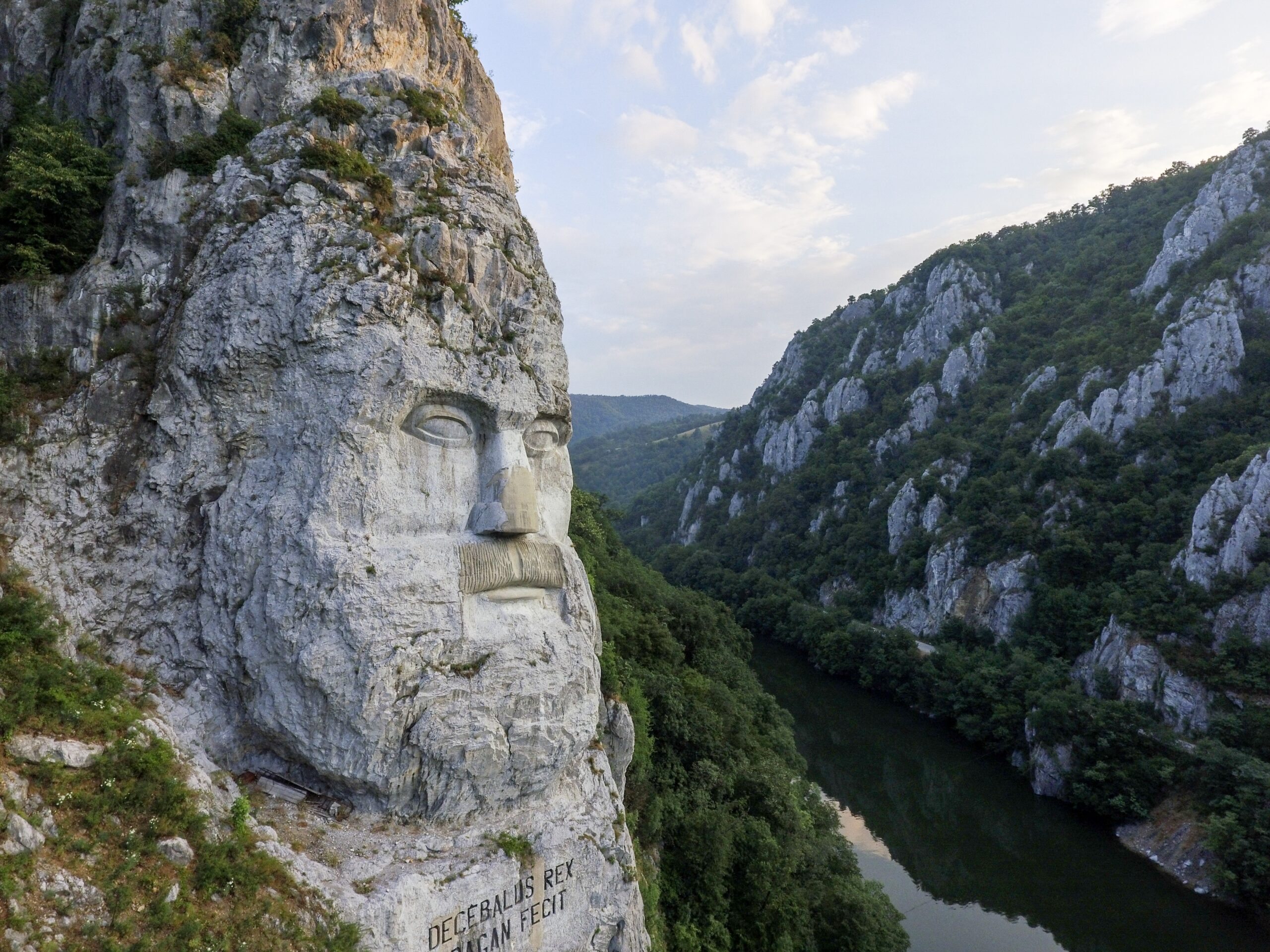
Mehedinți

Mureș
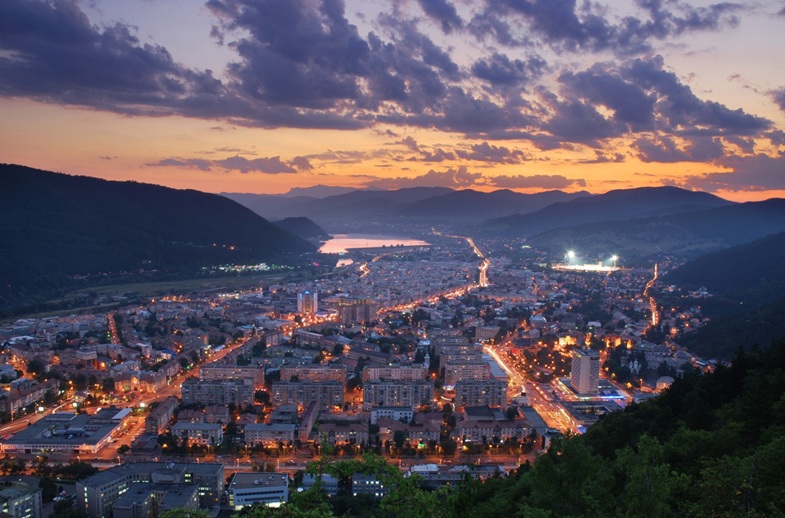
Neamț
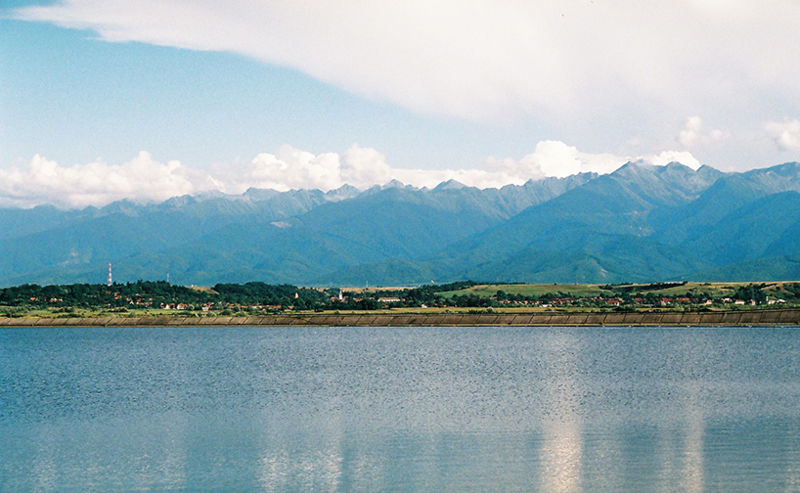
Olt
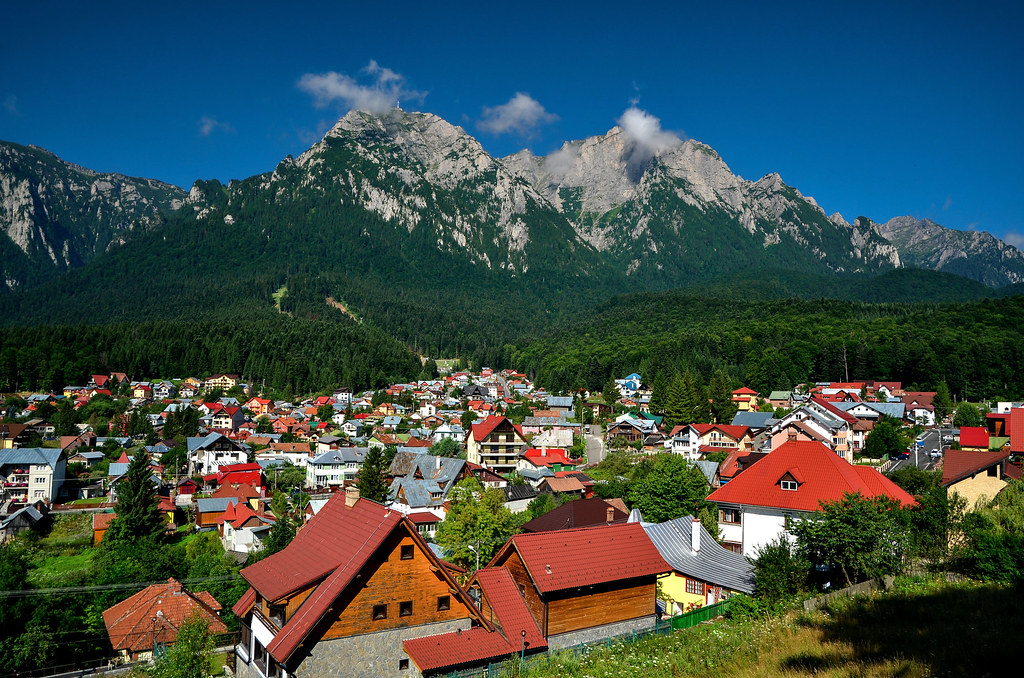
Prahova
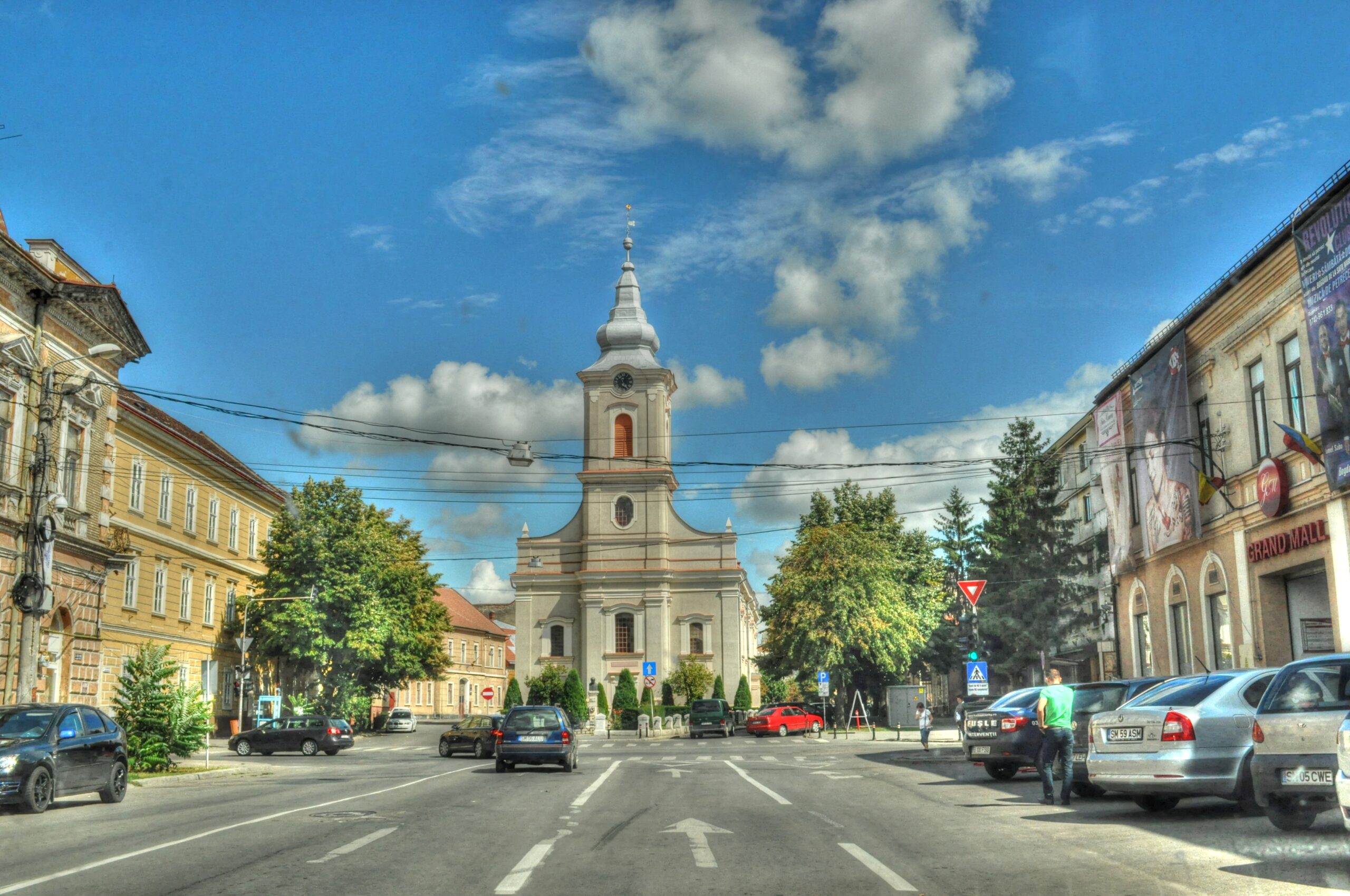
Satu Mare
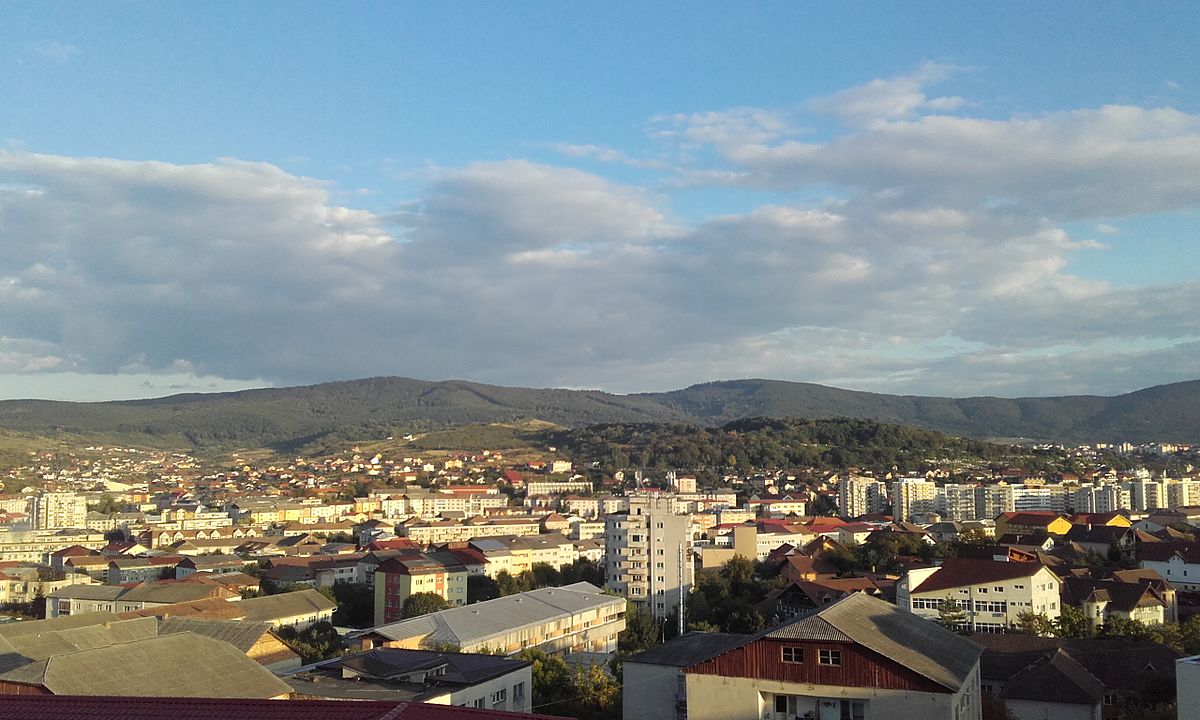
Sălaj

Sibiu
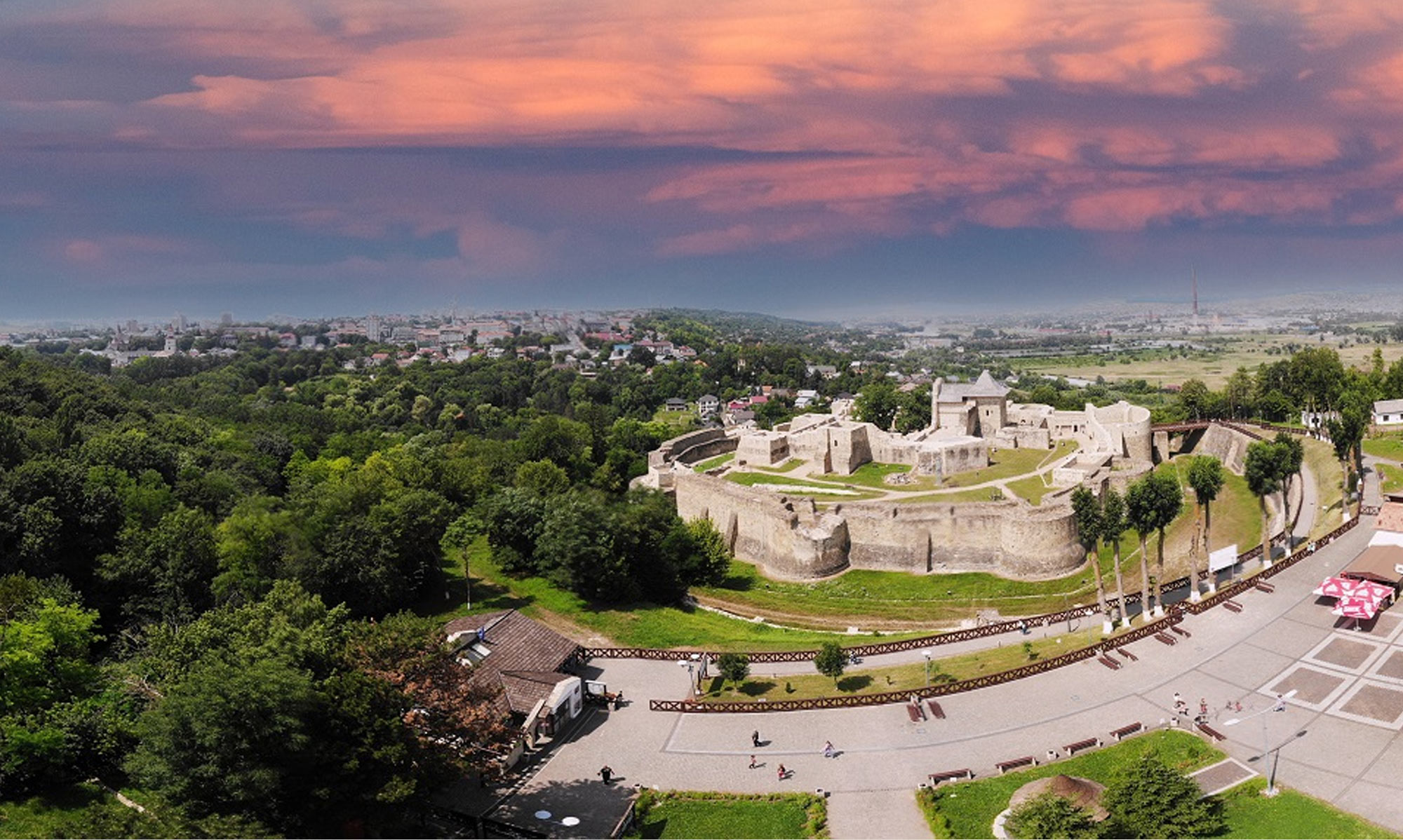
Suceava
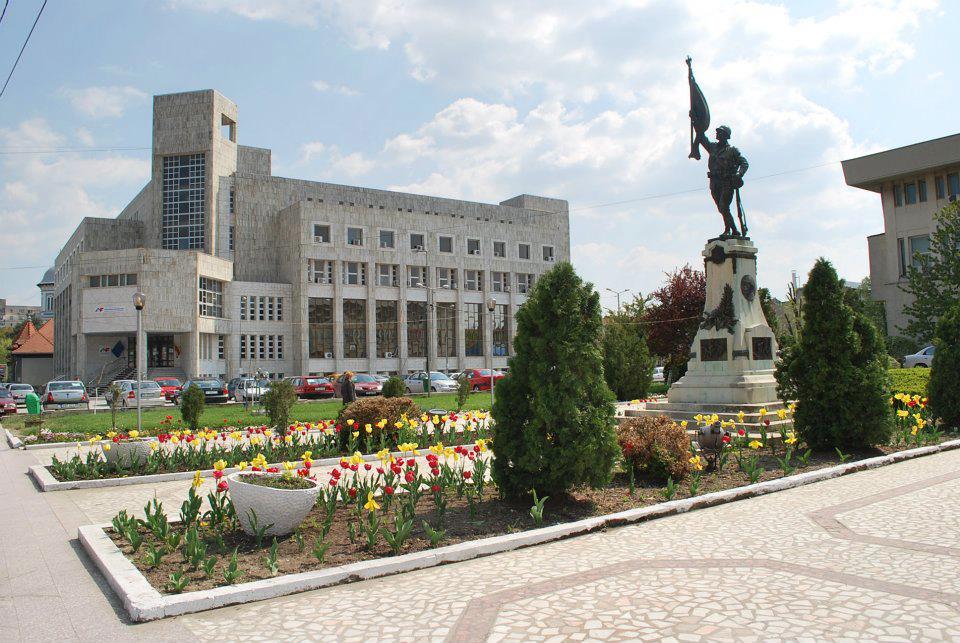
Teleorman
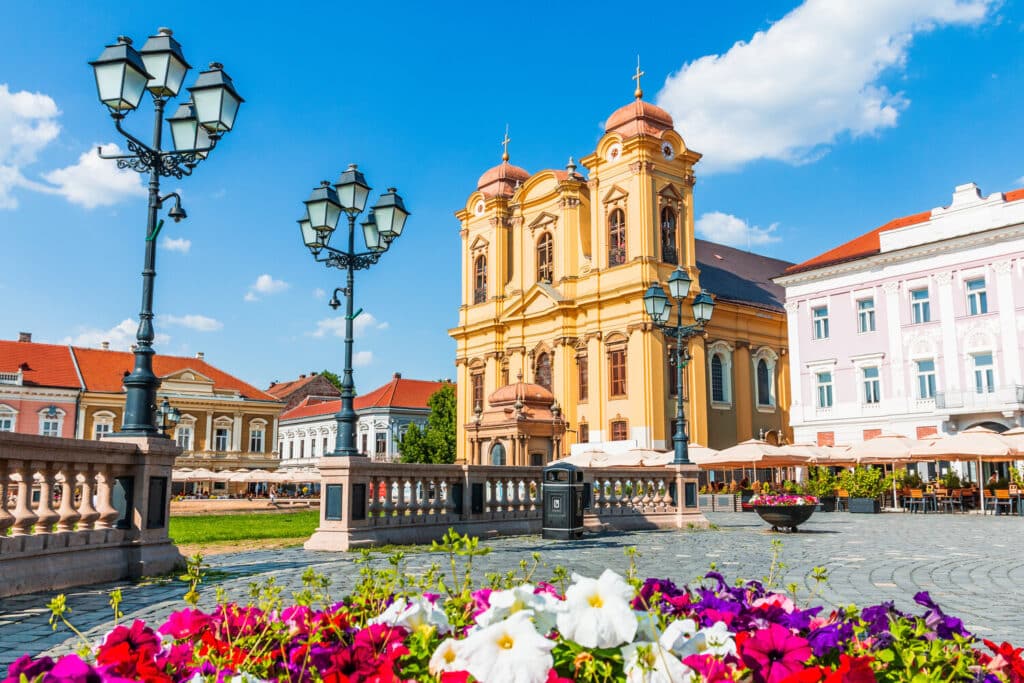
Timiș

Tulcea

Vaslui

Vâlcea
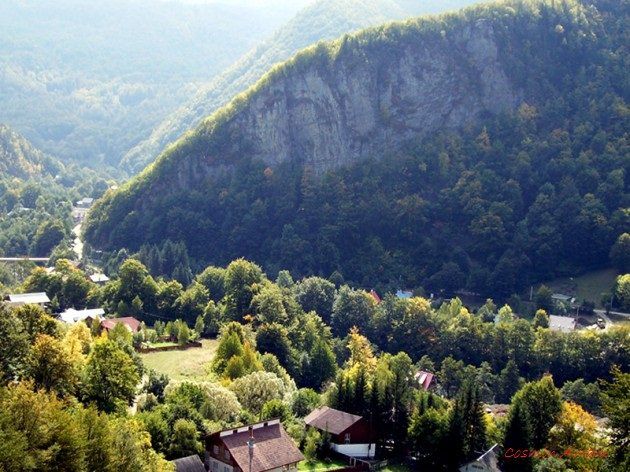
Vrancea
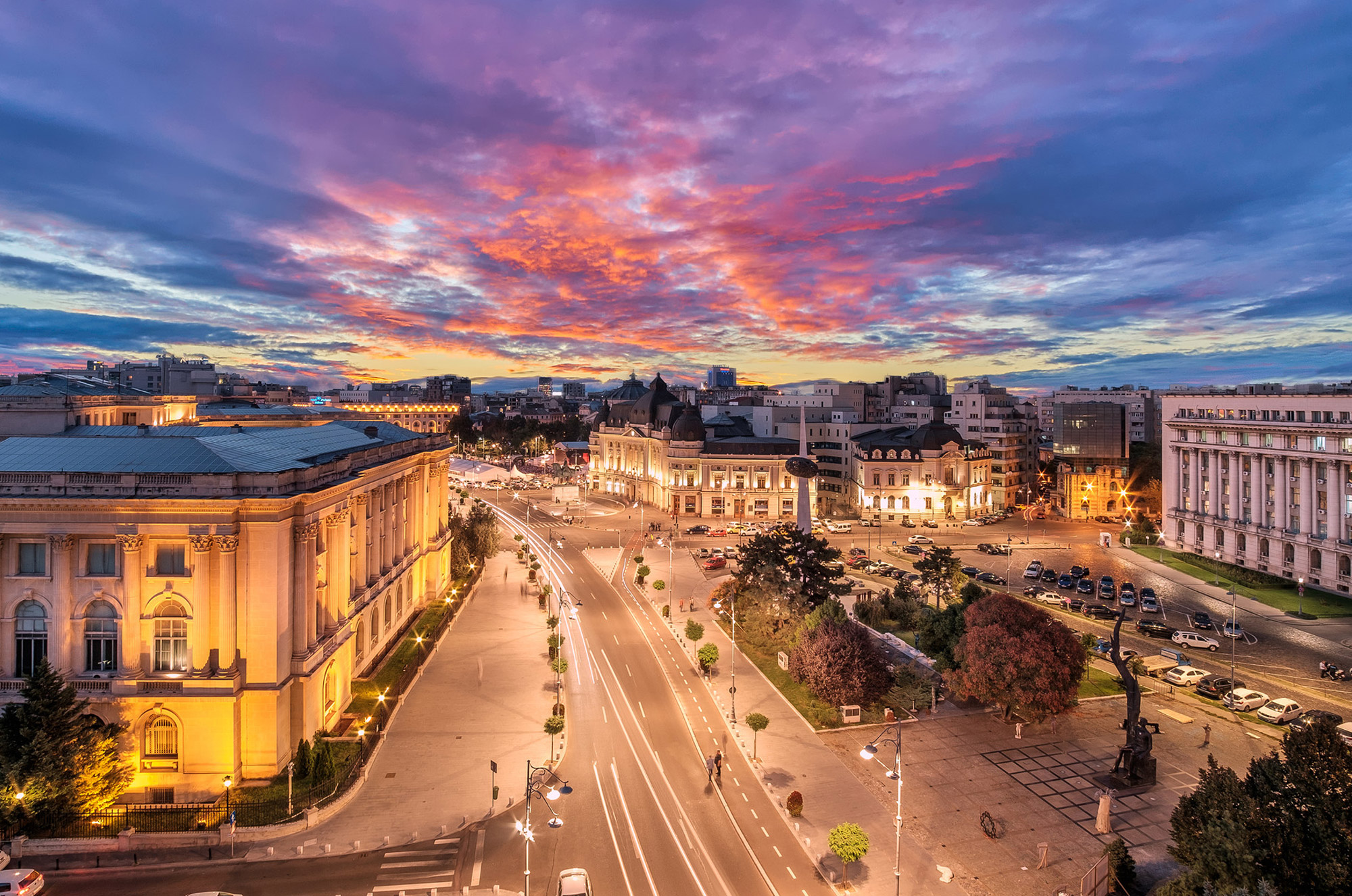
Bucharest
Before you go 🛩
Important information you should know before your trip
Info

Capital | Bucharest
Flag Codes:
ISO alpha-2 RO,
ISO alpha-3 ROU
Currency
Badge | Romanian Leu
CODE | RON
NUMBER | 946
SYMBOL | L
FRACTION | ban
Mobile Coverage
Dialing Code | +40
SIM Card
Coverage | 3G / 4G / 5G |
Mobile Networks | DiGi Mobile | Orange Mobile | Vodafone Mobile | Telekom Mobile |
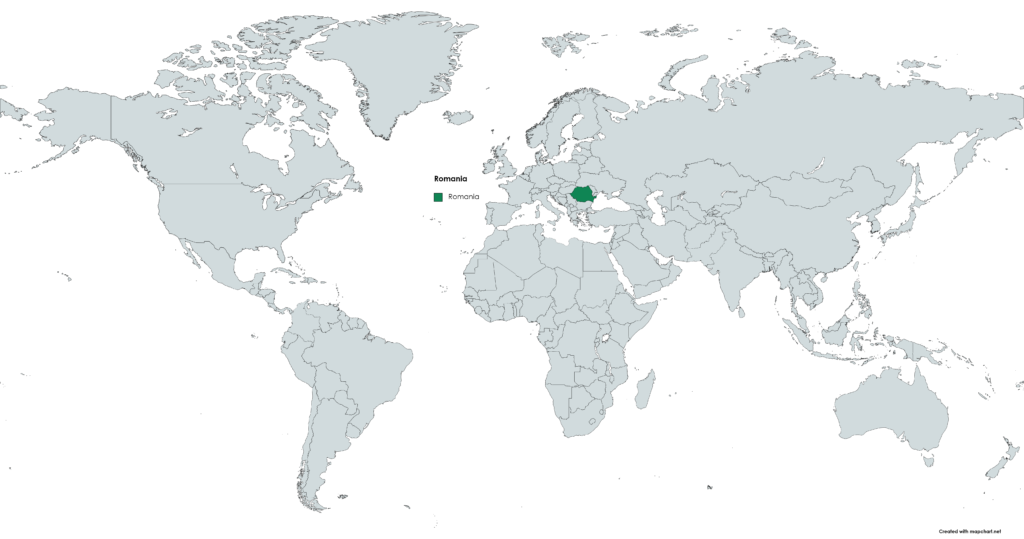
Location
Romania is a country located in Southeastern Europe. It is bordered by Ukraine to the north, Bulgaria to the south, Serbia to the southwest, Hungary to the west, and Moldova to the east. Romania also has a coastline along the Black Sea to the southeast.
The capital and largest city of Romania is Bucharest, situated in the southern part of the country. Romania is known for its diverse landscapes, including the Carpathian Mountains in the central and northern regions, rolling hills, plains, and the fertile Danube River Delta in the east.
The geographical coordinates of Romania are approximately 45.9432° N latitude and 24.9668° E longitude. The country covers an area of about 238,397 square kilometers (92,046 square miles) and has a population of over 19 million people.
Currency
The currency of Romania is the Romanian Leu (RON).
Languages
The official and most widely spoken language in Romania is Romanian. It is a Romance language that uses the Latin alphabet and is spoken by the majority of the Romanian population. Romanian is also the official language in the Moldavian region in the neighboring Republic of Moldova, as well as by Romanian minorities in neighboring countries such as Ukraine and Serbia.
In addition to Romanian, other languages are also spoken in the country, especially in regions where there are minority communities. Some of these languages are:
Hungarian: It is spoken by a Hungarian minority in the Transylvania region of central Romania.
German: It is spoken by a German minority in the Transylvania region of central Romania.
Romani: it is spoken by the gypsy minority throughout the country.
Ukrainian: It is spoken by a Ukrainian minority in the Bucovina region of northeastern Romania.
Russian: It is spoken by a Russian minority in some parts of the country.
Turkish, Bulgarian, Serbian and other Balkan languages: They are also spoken by minorities in some parts of Romania.
Climate 🌡
Romania has a diverse climate due to its geographical location and varied landscapes. The climate ranges from temperate continental in the interior to more Mediterranean along the Black Sea coast. Here are the main climate regions in Romania:
Continental Climate: The majority of Romania experiences a temperate continental climate with four distinct seasons. Summers (June to August) are warm to hot, with temperatures often reaching 25-30°C (77-86°F) in the lowlands. Winters (December to February) are cold, with temperatures dropping below freezing, especially in the mountainous areas. Snowfall is common during winter, making it a popular destination for winter sports enthusiasts.
Sub-Mediterranean Climate: The southeastern part of Romania, along the Black Sea coast, has a sub-Mediterranean climate. Summers are hot and dry, with temperatures around 30-35°C (86-95°F) at times. Winters are milder, but temperatures can still drop below freezing.
Mountain Climate: The Carpathian Mountains in central and northern Romania have a mountain climate. Summers are cooler at higher altitudes, and temperatures can drop significantly at night. Winters are cold, with abundant snowfall, particularly in the higher elevations. The mountainous areas are popular for winter sports and hiking in the warmer months.
Transitional Climate: The Danube River Delta in the southeast has a transitional climate, with influences from both the Black Sea and the continent. Summers are warm and humid, while winters are mild.
Romania travel tips
If you’re planning a trip to Romania, here are some travel tips to enhance your experience:
Explore Dracula’s Castle:
Visit Bran Castle for a taste of history and folklore in Transylvania.
Vibrant Bucharest:
Experience Romania’s capital with its lively atmosphere, historic architecture, and trendy cafes.
Peles Castle:
Marvel at the stunning architecture of Peles Castle nestled in the Carpathian Mountains.
History and Museums:
Dive into Romania’s past at the National Museum of Romanian History and the Village Museum in Bucharest.
Transportation:
Navigate efficiently using Romania’s well-connected train and bus networks. View Guide.
Voronet Monastery:
Admire the unique blue frescoes of this UNESCO-listed monastery in Northern Romania.
Budget-Friendly Travel:
Enjoy Romania’s affordability without compromising on memorable experiences.
Enjoy your time in Romania!

The best of the best
Romanian cuisine is rich in flavors and draws inspiration from various cultures, including Balkan, Hungarian, Turkish, and Austrian influences. The traditional foods of Romania often feature hearty and comforting dishes, making use of locally sourced ingredients.
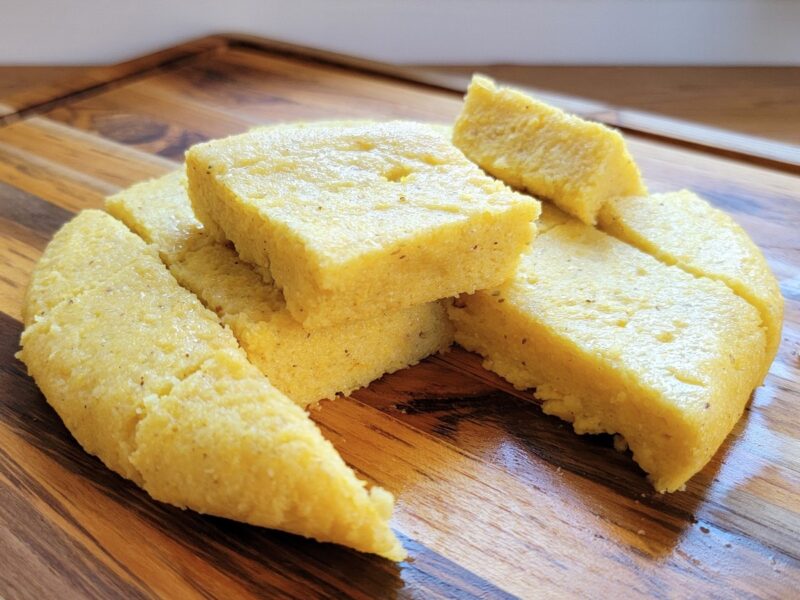
Mămăligă
A traditional Romanian dish made from cornmeal, similar to polenta. It is served as a side dish and accompanies various stews and meat dishes.
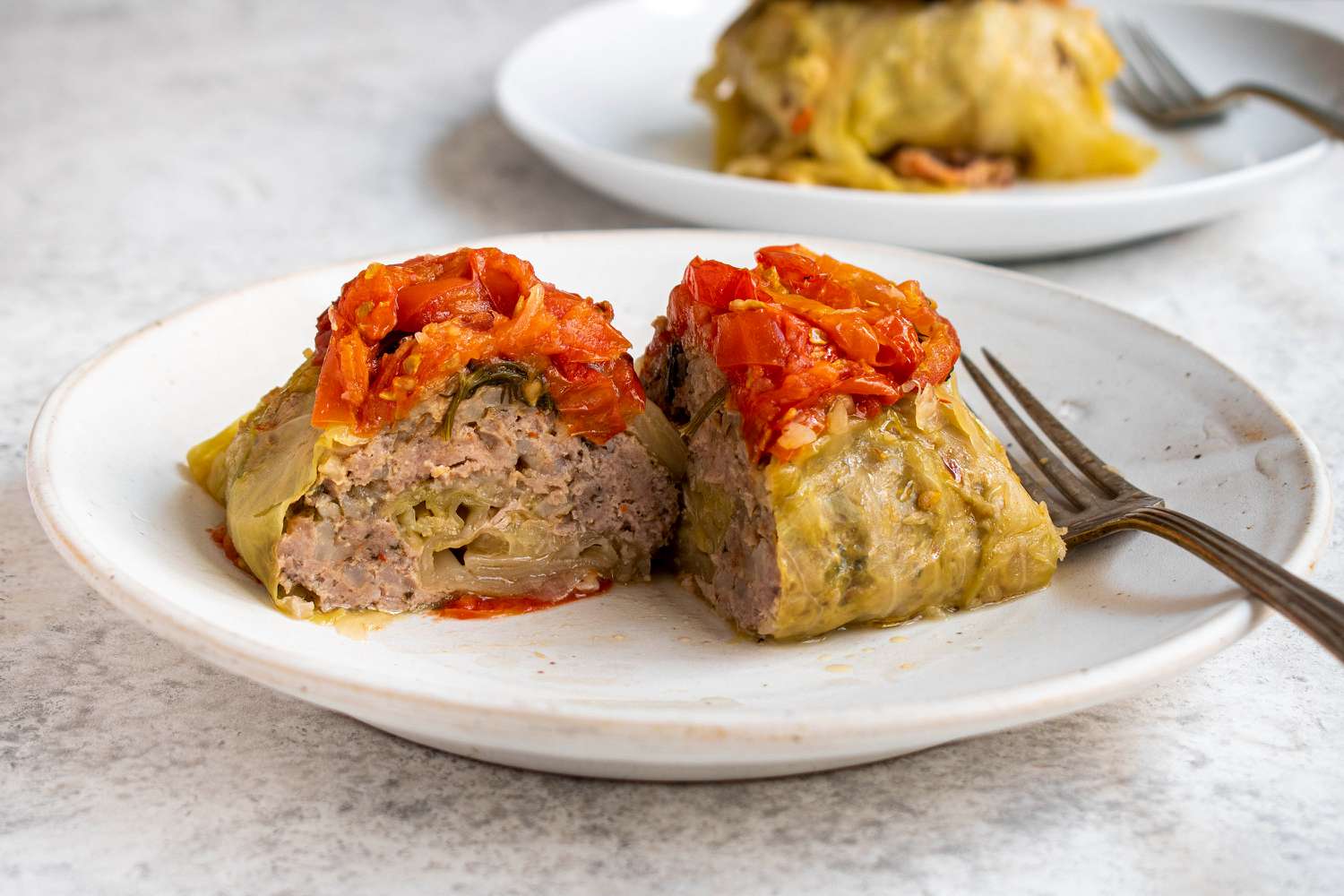
Sarmale
Cabbage rolls stuffed with a mixture of minced meat (usually pork), rice, and spices. Sarmale is a popular dish during special occasions and holidays.

Mici (also known as Mititei)
Grilled sausages made from a blend of minced pork, beef, and lamb, seasoned with garlic, black pepper, and other spices.
Here are some typical foods you can find in Romania:
Ciorbă: A sour soup made with various ingredients such as meat (chicken, pork, or beef), vegetables, and herbs. The sourness comes from fermented bran or lemon juice.
Papanăși: A traditional Romanian dessert, similar to doughnuts or fritters, made from fried dough and topped with sour cream and jam.
Mămăligă cu Brânză și Smântână: Mămăligă served with sheep’s cheese and sour cream, a popular and delicious combination.
Zacuscă: A vegetable spread made from roasted eggplants, red peppers, tomatoes, onions, and various spices. It is often served as an appetizer with bread.
Tocană: A thick meat stew cooked with onions, tomatoes, and various spices. It can be made with different types of meat, such as pork, chicken, or beef.
Plăcintă: A savory or sweet pie made with different fillings like cheese, potatoes, cabbage, apples, or cherries.
Cozonac: A sweet bread often prepared during festive occasions, filled with nuts, cocoa, or Turkish delight.
Salată de Vinete: An eggplant salad made with roasted and mashed eggplants, mixed with onions, oil, and lemon juice.
Cârnați: Romanian sausages, usually made from pork, beef, or a combination of both, seasoned with garlic and other spices.
The country’s cuisine reflects its rich history and cultural diversity, and trying these dishes is an essential part of experiencing the authentic flavors of Romania.
Transportation 🚥
More information about this country
Choose your destination 📍🗺
Useful Links ✅



